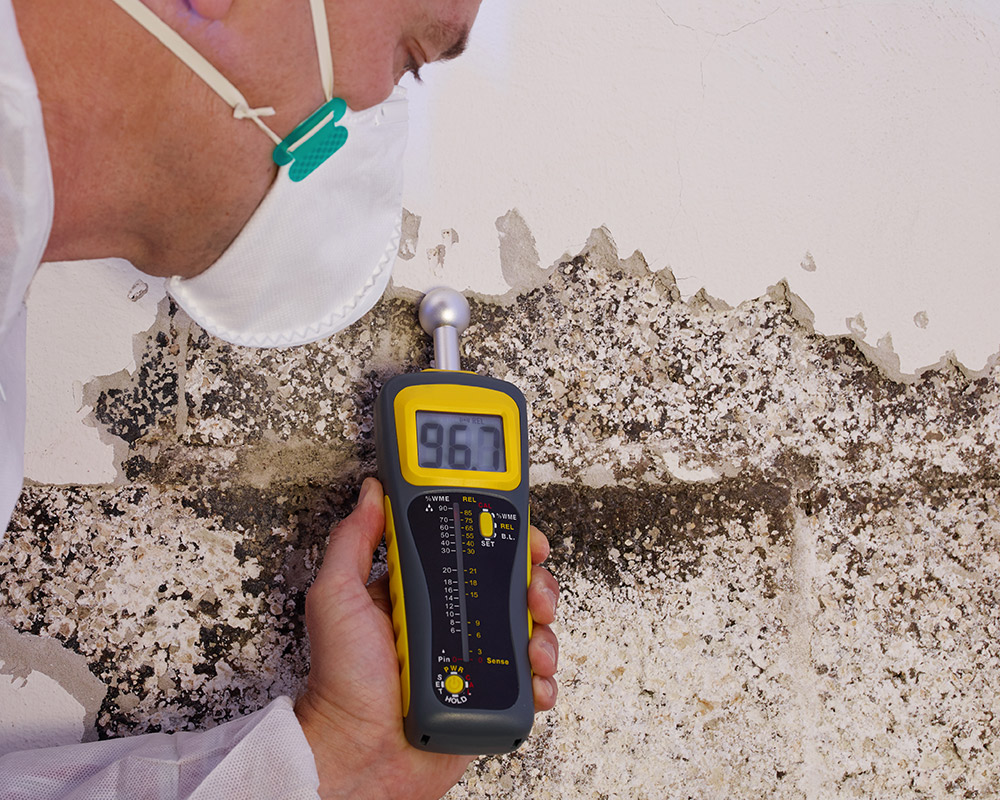Crafting a Comprehensive Post Mold Remediation Report
Crafting a Comprehensive Post Mold Remediation Report
Blog Article
Your Ultimate Overview to Post Mold Remediation Methods
In the results of mold invasion, recognizing how to properly eliminate the mold and stop its reoccurrence is vital for preserving a healthy interior environment. From selecting the ideal cleaning and decontaminating methods to carrying out techniques for long-lasting mold and mildew avoidance, each action in the removal journey plays an essential role in making sure an effective outcome.
Comprehending Post-Mold Removal Refine
After completing the mold and mildew remediation process, it is important to comprehend the post-mold removal strategies that are essential to make sure a reliable and thorough cleanup. Once the mold has been removed, the following action involves cleaning and sanitizing the affected areas to stop any kind of regrowth of mold. This consists of using specialized cleaning up representatives to wipe down surface areas and eliminate any type of continuing to be mold and mildew spores. It is vital to dry out the area completely to prevent the growth of mold and mildew in the future (what to do after mold remediation). Proper ventilation and dehumidification can aid in this procedure.
Additionally, performing a final examination post-remediation is important to make sure that all mold has been effectively eradicated. This assessment should include a thorough aesthetic check as well as possibly air sampling to validate the absence of mold and mildew spores in the air. Extra removal may be required if the inspection exposes any sticking around mold. Educating occupants on preventive procedures such as controlling dampness levels and without delay dealing with any type of water leakages can assist preserve a mold-free setting.
Effective Cleansing and Sanitizing Approaches

Avoiding Future Mold And Mildew Development

Value of Proper Ventilation
Appropriate air flow plays an essential function in stopping moisture buildup, a vital aspect in mold and mildew growth within indoor environments. Reliable ventilation systems assist get rid of excess humidity from the air, lowering the opportunities of mold and mildew spores discovering the dampness they need to sprout and spread out. Without sufficient air flow, interior spaces can become article source a breeding place for mold and mildew, resulting in potential health risks and structural damage.
By making sure proper natural mold removal from shower air circulation, ventilation systems can also assist in drying damp areas more rapidly after water damage or flooding events, better preventing mold development. Post Mold Remediation. Precede like bathrooms, attic rooms, basements, and cooking areas where dampness levels tend to be greater, setting up and preserving effective air flow systems is important in preventing mold problems

Surveillance and Upkeep Tips
Given the crucial function that correct air flow plays in stopping mold and mildew growth, it is essential to establish effective surveillance and maintenance tips to make certain the continued capability of ventilation systems. Normal inspections of ventilation systems must be carried out to look for any indications of clogs, leaks, or malfunctions that could impede appropriate airflow. Monitoring moisture degrees within the residential property is likewise vital, as high moisture can add to mold growth. Installing a hygrometer can assist track moisture levels and sharp home owners to any type of spikes that may need interest. In addition, ensuring that air filters are routinely cleaned or replaced is vital for preserving the performance of the air flow system. Applying a timetable for regular upkeep tasks, such as duct cleaning and cooling and heating system assessments, can aid prevent issues before they escalate. By remaining proactive and mindful to the problem of ventilation systems, residential property proprietors can successfully minimize the risk of mold and mildew regrowth and maintain a healthy and balanced indoor setting.
Conclusion
Finally, post-mold removal methods are essential for guaranteeing a tidy and risk-free setting. Understanding the procedure, executing reliable cleansing and sanitizing methods, avoiding future mold development, keeping proper air flow, and routine surveillance are all critical actions in the removal procedure. By like this adhering to these standards, you can successfully remove mold and stop its return, promoting a healthy living or working area for all residents.
In the consequences of mold problem, recognizing exactly how to efficiently eradicate the mold and stop its reoccurrence is critical for keeping a healthy indoor atmosphere. As soon as the mold and mildew has actually been removed, the next action involves cleansing and disinfecting the impacted locations to avoid any regrowth of mold - what to do after mold remediation. After removing visible mold development, it is vital to cleanse all surface areas in the affected area to eliminate any staying mold and mildew spores. To even more boost mold and mildew prevention actions, it is essential to attend to underlying issues that initially led to mold and mildew development.Offered the critical duty that proper ventilation plays in stopping mold and mildew development, it is necessary to develop reliable surveillance and upkeep ideas to make certain the ongoing capability of air flow systems
Report this page